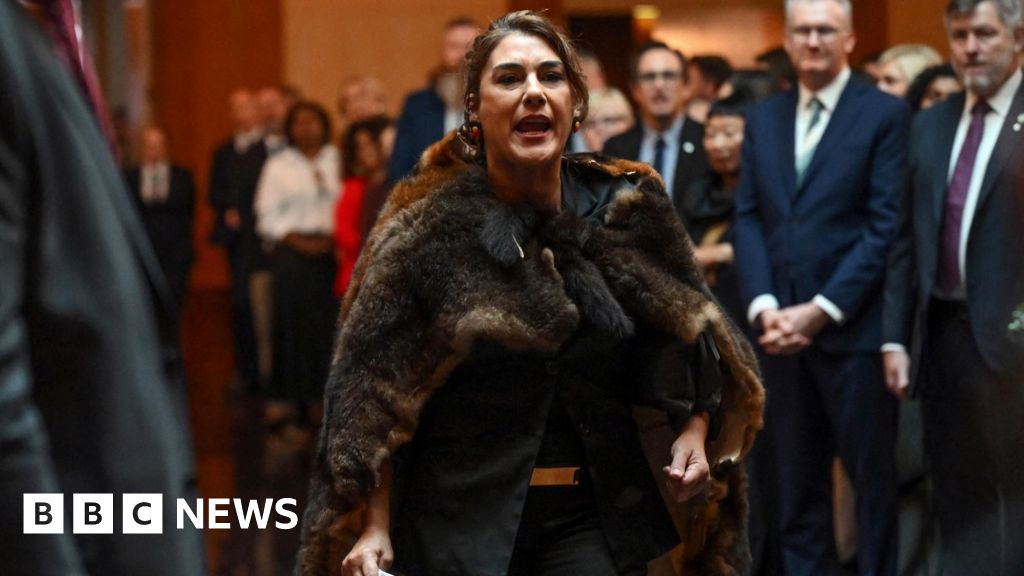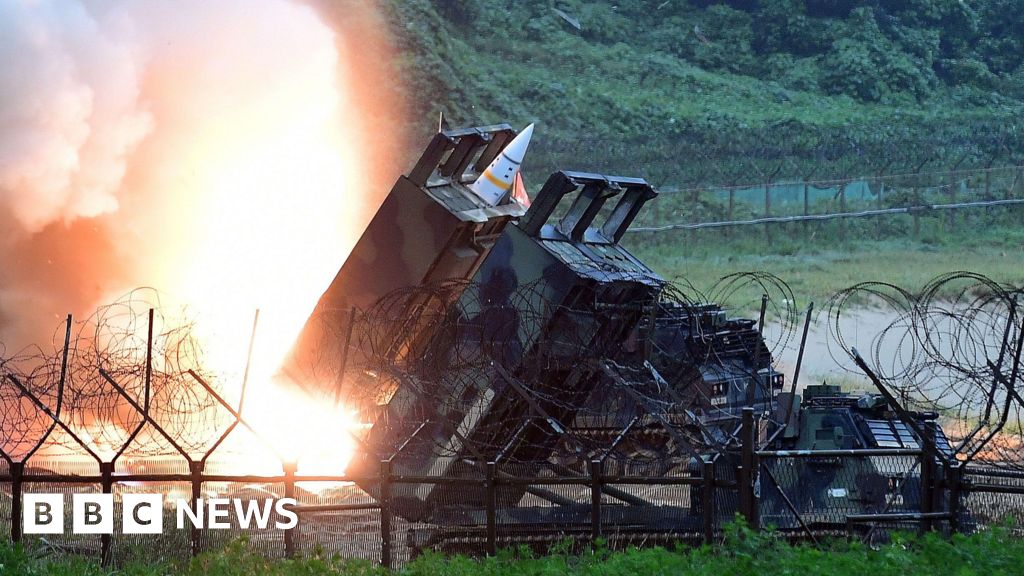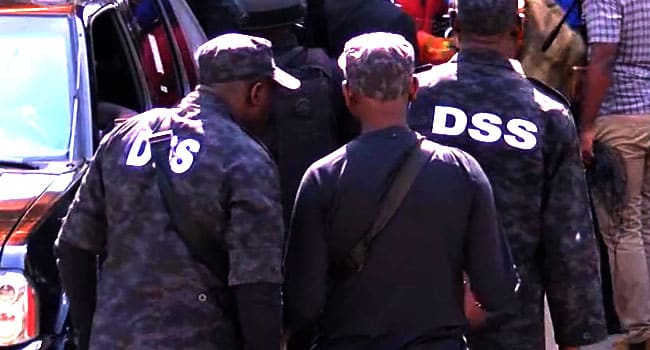Top US diplomat Antony Blinken urged Israel and Hamas on Monday not to derail negotiations that he described as potentially the “last opportunity” to secure a Gaza truce and a hostage release deal.
Blinken, on his ninth regional tour since Hamas’s 7th October attack triggered the war, stated that he returned to Israel “to bring this agreement to fruition.”
“This is a decisive moment—probably the best, and maybe the last, opportunity to bring the hostages home, secure a ceasefire, and set everyone on a path to lasting peace and security,” Blinken said during a meeting with Israeli President Isaac Herzog in Tel Aviv.
The US Secretary of State later met with Israeli Prime Minister Benjamin Netanyahu in Jerusalem and is scheduled to travel to Cairo on Tuesday, where ceasefire talks are expected to resume this week.
Israel and Hamas have blamed each other for delays in reaching a truce accord, which diplomats believe could help avert a broader conflict in the Middle East.
“We’re working to ensure there is no escalation, no provocations, and no actions that could move us away from finalising this deal, or escalate the conflict to other areas and greater intensity,” Blinken said.
“It is time to get it done. It’s also time to ensure that no one takes any steps that could derail this process.”
Months of on-off talks involving US, Qatari, and Egyptian mediators have failed to produce an agreement. However, the stakes have risen since the late July killings of Iran-backed militant leaders, including Hamas political chief Ismail Haniyeh, and as the humanitarian crisis in the besieged Gaza Strip worsens.
Ahead of talks in Qatar last week, Hamas called on mediators to implement a framework outlined in late May by US President Joe Biden, rather than engage in further negotiations.
Biden said on Sunday that a ceasefire was “still possible” and that the United States was “not giving up,” in brief comments to reporters.
After the Qatar meeting, the United States submitted what mediators called a “bridging proposal.” On Sunday, Hamas said the proposal “responds to Netanyahu’s conditions” and includes terms the Palestinian group would not accept.
Hamas insisted on “a permanent ceasefire and a comprehensive withdrawal from the Gaza Strip,” claiming that Netanyahu wanted to maintain Israeli forces at several strategic locations.
Netanyahu was “fully responsible for thwarting the mediators’ efforts,” the Palestinian movement said in a statement.
Western ally Jordan, protesters supporting the hostages in Israel, and Hamas itself have called for pressure on Netanyahu to reach an agreement.
On Sunday, Netanyahu reiterated that Hamas “remains obstinate” and must be pressured, a day after his office reported “cautious optimism” among Israeli negotiators regarding the possibility of reaching a deal.
US, Qatari, and Egyptian mediators have also reported progress, although far-right members crucial to Netanyahu’s governing coalition oppose any truce.
The 7th October attack on southern Israel resulted in the deaths of 1,198 people, mostly civilians, according to an AFP tally of Israeli official figures.
In response, Israel’s military campaign in Gaza has killed at least 40,139 people, according to the territory’s health ministry, which does not provide details on civilian and militant deaths.
Of the 251 hostages taken during Hamas’s attack, 111 are still held in Gaza, including 39 who the military says are dead. More than 100 were freed during a one-week truce in November.
The plan announced by Biden at the end of May proposed freezing fighting for an initial six weeks as Israeli hostages are exchanged for Palestinian prisoners in Israeli jails, and humanitarian aid is delivered to Gaza.
As efforts towards a long-sought ceasefire continue, so does the violence in Gaza and along the Israel-Lebanon border, where Israeli forces and Hamas’s Iran-backed ally Hezbollah have exchanged near-daily fire throughout the war.
Hezbollah announced on Monday that two of its fighters were killed and claimed attacks on troops and military positions in northern Israel, including with drones.
The Israeli military stated that its forces struck Hezbollah targets in southern Lebanon.
In southern Gaza, a medical source told AFP that three people were killed in Abassan village, and witnesses reported Israeli air strikes near the Islamic University in Khan Yunis.
The military said troops were operating in southern and central Gaza and that the air force “struck over 45 terrorist targets” across the territory in the past day.
A funeral was held in Khan Yunis for Gazan photojournalist Ibrahim Muhareb, who was killed on Sunday, according to an AFP correspondent. He was laid to rest with his “PRESS” vest placed over his body.
The Committee to Protect Journalists advocacy group has said that more than 100 Palestinian media workers have been killed by Israeli forces during the war.
The armed wings of Hamas and Islamic Jihad, which have jointly battled Israeli forces in Gaza, claimed joint responsibility for a blast in Tel Aviv late Sunday that killed the bomber and wounded one person.
The groups threatened to carry out more such attacks in Israel “as long as the occupation’s massacres, the displacement of civilians, and the policy of assassinations continue,” they said.
AFP

 2 months ago
5
2 months ago
5















 English (US) ·
English (US) ·